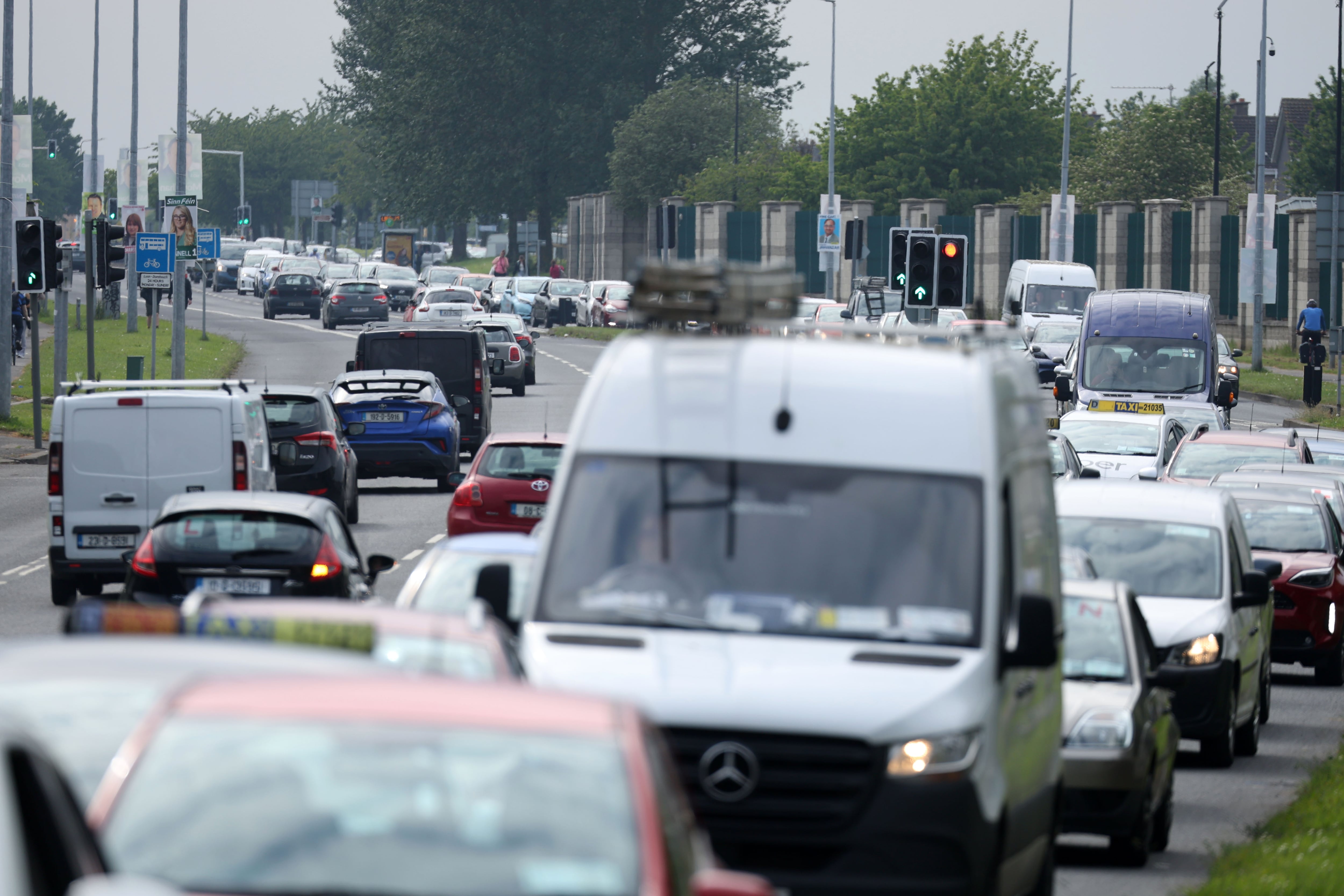The Dublin City Centre Transport Plan is potentially the most transformative initiative for improving public transport efficiency in the city since the introduction of bus lanes, and with uncommon resolve Dublin City Council seems determined to implement it.
The plan aims to “remove traffic that has no destination in the city”, with currently two out of every three motorists passing through rather than stopping in town.
A “bus gate” on Bachelors Walk, on the north side of the Liffey close to O’Connell Bridge, will stop cars and lorries from heading towards O’Connell Street, the Custom House and the docklands. Another bus gate on Aston Quay on the south side will stop private traffic from travelling from O’Connell Bridge in the direction of Heuston Station.
Private traffic will also be stopped turning left from Westland Row on to Pearse Street, with vehicles instead having to turn right and move away from the city. This would require a new two-way traffic section from Westland Row to Sandwith Street. This change should result in significantly less traffic on Pearse Street heading towards Tara Street, allowing a reduction in traffic lanes and the introduction of two-way cycle lanes.
RM Block
These measures will be implemented this summer, both the council and Minister for Transport Eamon Ryan confirmed on Wednesday.
Once they are in place the reduction in cars in the city will allow the council to implement other parts of the plan, said Brendan O’Brien, of the council’s traffic division. This includes the creation of civic plazas near the Custom House and Lincoln Place near the back entrance to Trinity College, as well as making Parliament Street traffic-free and the full realisation of the College Green plaza.

The bus gates can be implemented under the council’s own traffic-management powers, and do not require a vote of councillors, Mr O’Brien said. Speaking at a council meeting on Wednesday he noted the councillors had already endorsed the strategy through the city development plan policy of reducing cars in the city by 40 per cent. “That didn’t come from us, that came from you,” he told councillors.
However, they did not seem to need the caution. Councillors at the traffic committee meeting were strongly supportive of the plan, and not just the Greens, who in the past have cut lonely figures when it comes to endorsing restrictions on private cars.
“Dubliners are now saying it’s time to call a halt to the inexorable march of the motorcar,” said Fine Gael councillor Paddy McCartan. “We are all familiar with rat runs in housing estates, but in effect what people are doing is using our city streets as a vast rat run to go through the city when they have definite other alternatives.”
Sinn Féin councillor Larry O’Toole said he looked forward to the plan bringing about safer cycling and more efficient bus services. “This will prove to be a very ambitious but brave development in the city.”
Some councillors did raise concerns about traffic being pushed into their constituencies, but Mr O’Brien said the council would work closely with residents to resolve these issues, implementing additional restrictions if necessary.
Independent councillor Mannix Flynn noted some businesses were concerned about the measures, and he warned there may be legal challenges, though not taken by himself, and he said any such action “would be unfortunate”.
The councillors’ endorsement was likely encouraged by a positive public reaction to the plan with 80 per cent of submissions supporting its measures.
Keith Gavin of the Irish Parking Association noted at the meeting that his organisation found the report “flawed”, but he said “as usual I find myself to be the lone dissenting voice in the chamber”.
- Sign up for push alerts and have the best news, analysis and comment delivered directly to your phone
- Find The Irish Times on WhatsApp and stay up to date
- Our In The News podcast is now published daily – Find the latest episode here












